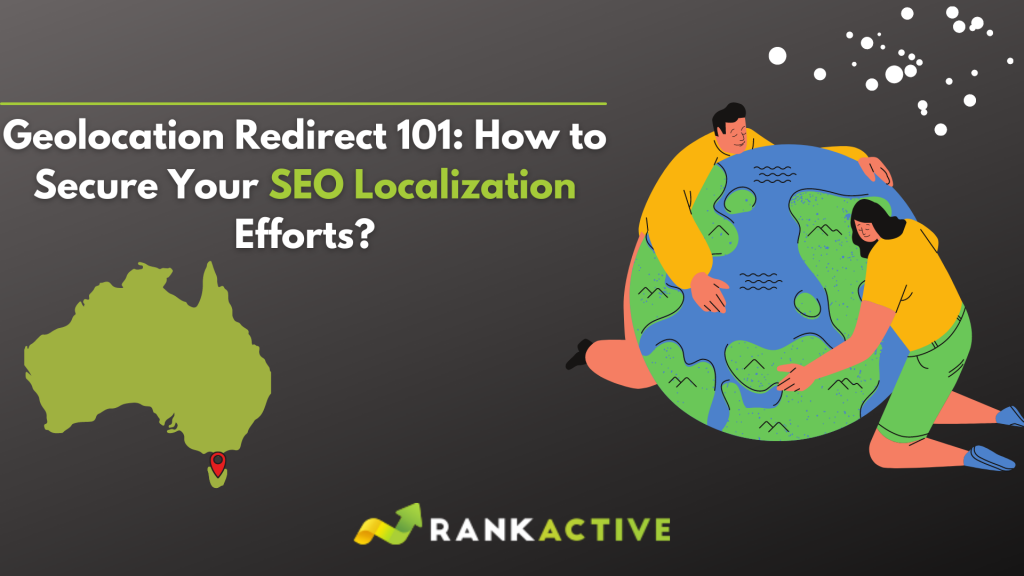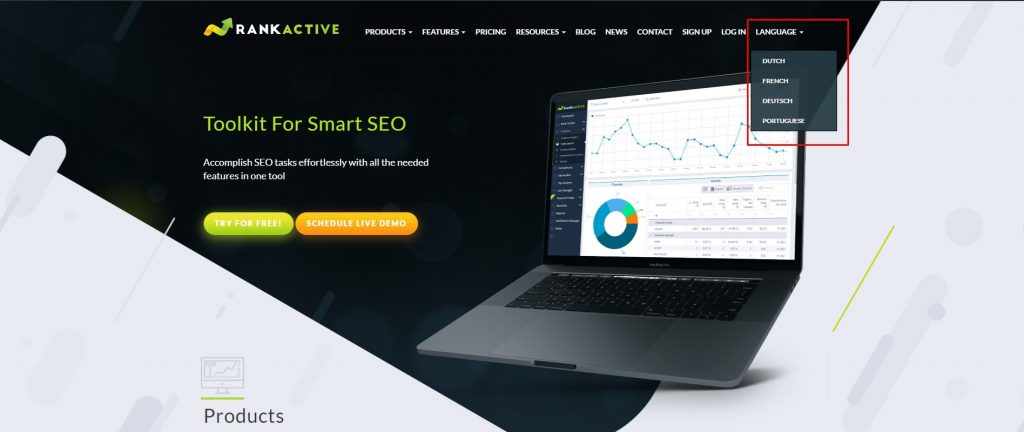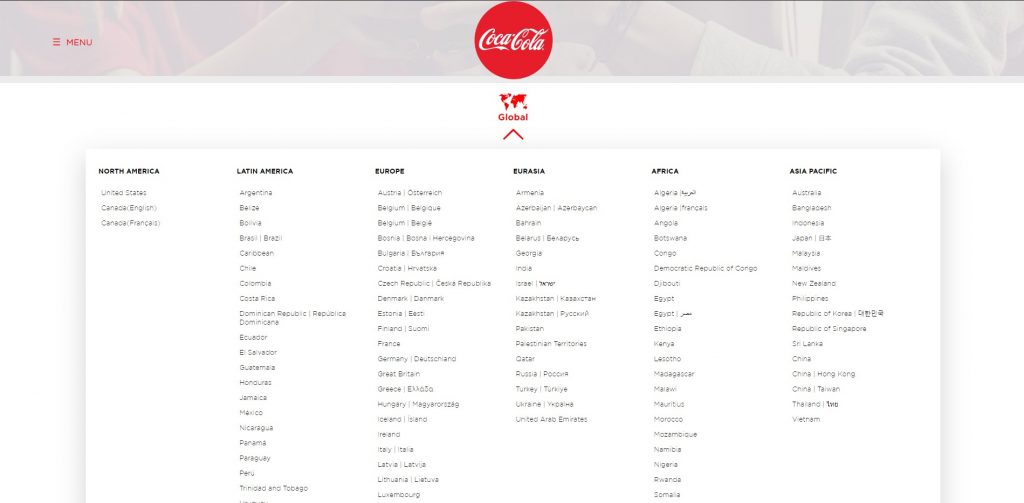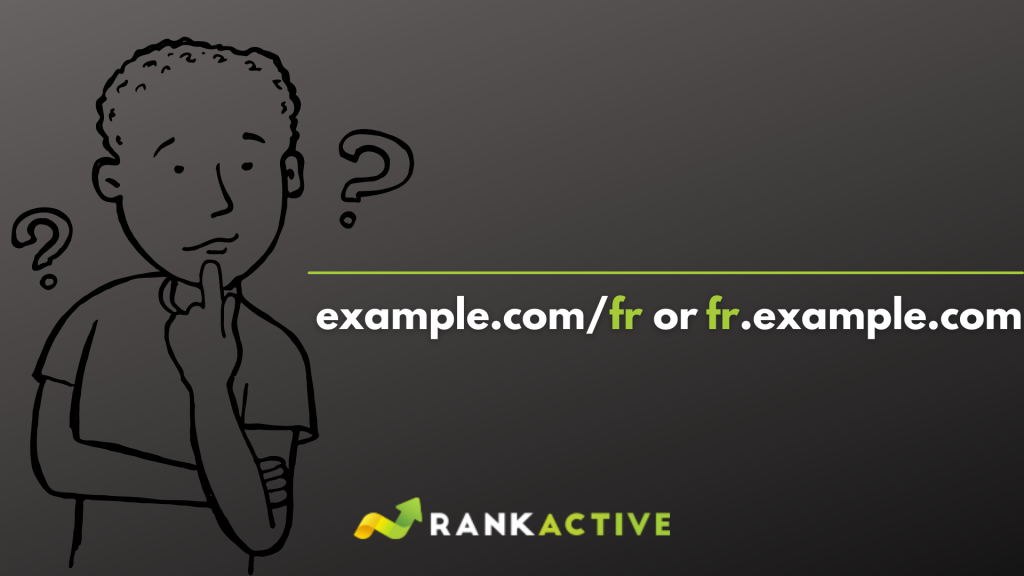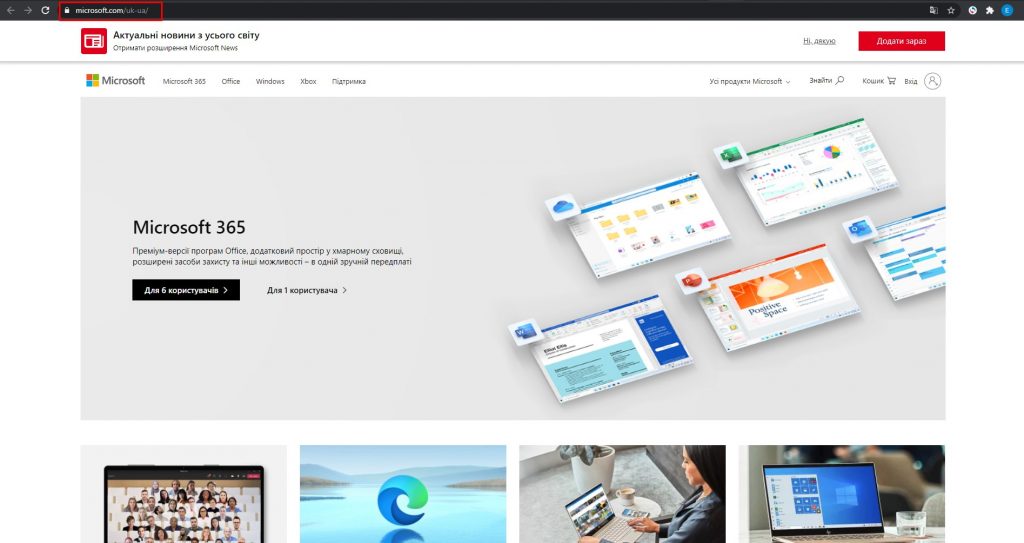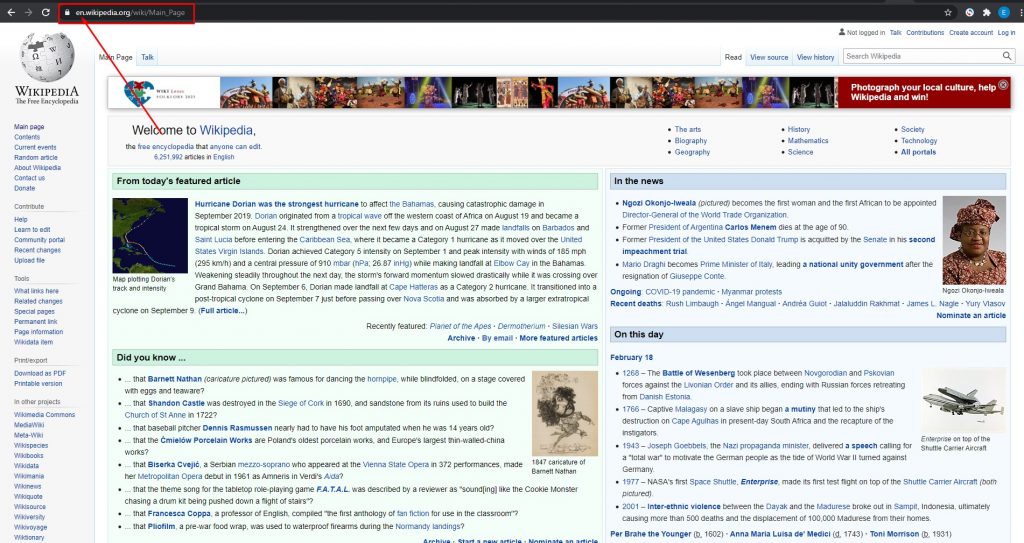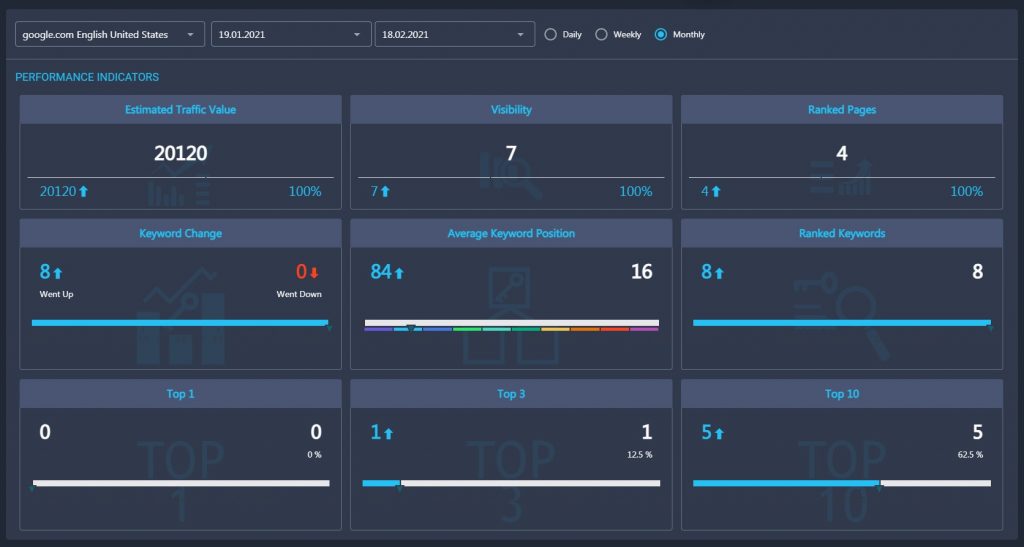Geolocation Redirect 101: How to Secure Your SEO Localization Efforts?
19 February 2021 Leave a comment ALL-HANDS SEO, LOCAL SEO
Having multiple website versions for various locations and languages is good practice for international companies. By displaying content relevant to the visitor’s country and language, they improve user experience and increase conversions, which leads to more sales. That’s why such giants as Coca-Cola, Apple, IBM, Microsoft, and other successful companies leverage geotargeting in their SEO strategies.
However, managing several website versions and redirecting users can be a nightmare for SEOs who have never done it before.
Luckily, we are here to clear things up.
In this blog post, you’ll find several ways to target visitors from different countries and redirect them to the right versions of your website.
What is a geolocation redirect and when to use it
A geolocation redirect is often understood as an automatic redirect based on the user’s IP address location. When the user lands on a certain website with an IP redirect, they’re automatically redirected to the version designed for their location.
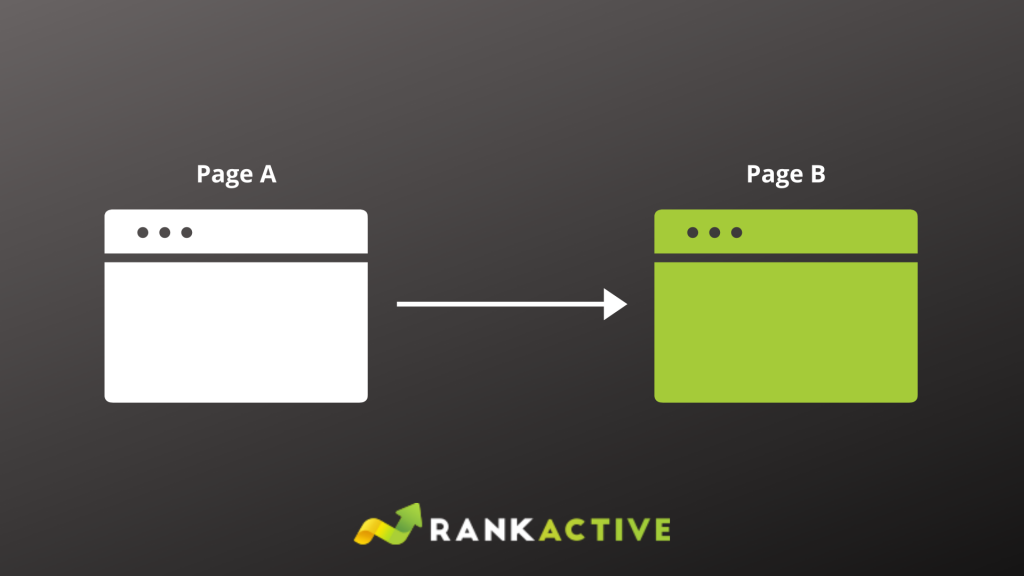 To make it more clear, let’s illustrate it with an example.
To make it more clear, let’s illustrate it with an example.
Suppose you have two different versions of the same online shop: us.bestonlineshop·com for users located in the US and ru.bestonlineshop·com for users located in Russia. You know that Russians and Americans speak different languages and that the average American earns much more than the average Russian. You also understand that you have some products available for one country while unavailable for another.
That’s why you send your Russian visitors to another version of your online shop: the one with the Russian language, lower prices, and country-specific products.
So when users from Russia land on us.bestonlineshop.com, the website checks their IP address and redirects them to ru.bestonlineshop.com as to its most relevant version. That way, you ensure your Russian visitors see relevant content, which, in turn, helps you decrease bounce rates and convert more.
But what would happen if there were no geo redirection? Apparently, your Russian visitors would land on the primary (US) version of your website and leave it immediately, frightened by either your prices or the English language. That’s why in this particular case, automatic geolocation redirect is good practice.
However, there are many cases where automatic geolocation redirect is unnecessary. Moreover, this redirect is hard to implement, so many SEOs do it wrong and prevent their websites from indexing. That is one of the reasons why Google doesn’t recommend it.
 As you can see, John Mueller states IP redirects can break indexing.
As you can see, John Mueller states IP redirects can break indexing.
How?
The reason is that Googlebot crawls websites mostly from the US. If you implement geolocation redirect wrong, Googlebot won’t be able to reach other versions of your website as it’ll be constantly redirected to its US version.
 To make it easier for yourself, you might find another option.
To make it easier for yourself, you might find another option.
Alternative to automatic IP redirects
A good alternative to automatic geolocation redirect is to let users choose their regions. By doing it, you will ensure that both your visitors and Googlebot will be able to reach any version of your website, which will save you from indexing issues. What’s more, sometimes it can also prevent a poor user experience.
Let us get back to the online shop example to explain our point.
Suppose you’re located in the US but want to purchase a gift for your Russian friend. For that purpose, you would need the Russian version of that shop (ru.bestonlineshop.com). But since you’re located in the US, the website will be redirecting you to us.bestonlineshop.com any time you’ll try to reach its Russian version. As a result, you won’t be able to order any products.
It is frustrating, isn’t it?
That’s why it’s a good idea to let users decide what website version to stay in. You might create a pop-up asking users to select their regions or design a button with the drop-down list of different website versions. That’s what we did on our site.
But if you still believe that automatic geolocation redirect is the only appropriate option in your case, make sure to avoid these common mistakes:
- using 301 redirect instead of 302;
- blocking Googlebot due to lack of navigation;
- redirecting all users to the homepage.
You can learn more in this comprehensive guide. It will help you avoid most IP redirection mistakes.
Now that you know what geolocation redirect is, you’re probably wondering where to redirect your visitors. You got three options: ccTLD, subdomain, or subdirectory. Let’s learn more about each one of them.
How ccTLD can help your geotargeting
With ccTLD, you can create separate websites for users from your targeted countries.
ccTLD stands for country code top-level domain (e.g., example.ru, example.de, example.us). The main advantage of ccTLD is that it shows users what country a website is registered in, enabling them to quickly estimate whether the content on it is relevant to them. That, in turn, can lead to higher CTR.
It’s also important to note that ccTLD is focused on the user’s location but not their language. For instance, if a person speaks Russian but lives in Japan, they would more likely see websites with generic top-level domains (.com, .net) or the .jp ccTLD.
When to use ccTLD
Buying ccTLD is costly. Moreover, some countries require citizenship or local trademarks to register a domain name. That’s why redirects to multiple ccTLDs are mainly used by international companies with representative offices in different countries: Coca-Cola, for example. If you land on the company’s global website, it will ask you to select your region and then redirect you to the site relevant to your location.
So if you own a company with branch offices in different countries, you might do the same and buy ccTLDs for each of those countries. That way, you’ll be able to approach your marketing campaigns differently for every site. What’s more, managing several websites when you have employees in various countries is much easier than letting each separate group work on a single website, turning it into a huge mess.
However, before buying ccTLD, you should weigh its pros and cons.
Pros of using ccTLDs
- ccTLD tells users that your website is meant for them, leading to higher CTR.
- Some people prefer locally-based sites. For instance, 79% of Canadians support Canadian businesses, and 68% agree that Canadian companies should have a .ca ccTLDs.
- ccTLD increases users’ trust in your site. Your domain tells the user that your company is registered in their country, so they feel safe using your services or buying products from you.
- ccTLDs are easier to manage for international companies. If you have several branch offices in different countries, it’s much more convenient to have separate websites for each targeted country. That way, every group can work on their own version of your website. Even if one group does something wrong, it won’t affect your other websites.
Cons of using ccTLDs
- Google treats each ccTLD separately, so there will be no domain history and backlinks on a website launched into a new market. That means you will have to optimize it from the very beginning.
- For companies with generic domain names (e.g., flowers.com, pizzadelivery.com), it can be challenging to acquire the same domain name in all targeted countries.
- Each country determines its price for ccTLDs, which makes the pricing unregulated. The price for a domain can change from year to year, as well as the cost of renewing it.
- Citizenship and local trademarks are required in many countries to register a domain name.
If you decide to purchase ccTLD, don’t forget to set Search Console for your websites properly. You should visit the International targeting section and choose your target country for each of your ccTLDs.
As confirmed by Gary Illyes, it won’t harm your website visibility in other regions but may slightly help in the region you set.
As for those of you who find the ccTLD option too expensive, there are two cheaper alternatives: subdomains and subdirectories.
Subdomain or subdirectory: what to choose for geotargeting
If you target several regions within one country or don’t have money to buy costly ccTLD, you might redirect your visitors to a subdomain or subdirectory.
A subdomain is the part of a domain that comes before the main domain name and domain extension.
Example: fr.rankactive.com
A subdirectory is the part of the url that comes after the slash and stores specific content. In other words, it’s a separate folder within your website.
Example: rankactive.com/fr
Both subdomains and subdirectories are often used for geotargeting. For example, Microsoft has subdirectories for different website versions and automatically redirects visitors to their language and region.
Another popular company, Wikipedia, prefers subdomains.
And yet, what is better for geotargeting: a subdomain or subdirectory? The disputes over this topic seem to never wane. Some experts say a subdomain is the only right option when you target several locales, while others believe a subdirectory is the best alternative ever.
But when it comes to rankings, Google treats subdomains and subdirectories the same. John Mueller confirmed this in one of the Google Webmaster central videos. Here’s what he said:
”In general, we see these the same. I would personally try to keep things together as much as possible. So if it’s the same site, then try to put them on the same site, essentially, and use subdomains where things are really kind of slightly different.
There are lots of really strong opinions on this so, from my point of view, this is something that could go either way. If you have really strong reasons to go one way or the other, then, obviously, that might be what you’d want to watch out for. On the other hand, if you’re like, “well, I don’t care either way,” then I would just keep it within the same site.”
That’s why we won’t persuade you to choose one or another option. Instead, we’ll describe the pros and cons of both alternatives so that you can decide which one is more appropriate in your case.
Pros and cons of subdomains
Pros:
- Your server location doesn’t matter. In fact, you can migrate your subdomain to another server to unload your primary server and increase your site speed.
- Subdomains are great for franchises. Each subdomain owner can pay for hosting services separately, which is impossible with subdirectories.
- You can easily provide access to the subdomain to another webmaster. Doing so with subdirectories is more complicated.
- Using subdomains, you can build a clear website structure as they enable you to create different sitemaps and robot.txt files for each website version.
- You can create subdomains for services and products irrelevant to your main website’s niche. Doing so with subdirectories is not recommended.
Cons:
- Subdomains usually take longer to index than subdirectories.
- SEO and technical maintenance for each subdomain may be costly if you are the only owner of all subdomains.
- Subdomains are harder to handle than subdirectories. You may not have enough time to keep up with SEO issues, especially if they simultaneously appear on all your websites.
Pros and cons of subdirectories
Pros:
- Subdirectories are faster to index than subdomains.
- You won’t have to pay extra hosting costs.
- Subdirectories are easy to maintain as there is only one host.
- It’s easier to edit code within a subdirectory since it is located in the same file system.
Cons:
- It is recommended to create subdirectories only for content relevant to your website’s niche.
- You can’t migrate a subdirectory to another host, which makes subdirectories inappropriate for franchises.
- It may be hard to provide access only to one subdirectory without giving access to the whole site.
Weigh these pros and cons to decide which option will work best for you.
Once you find a way to target your audience from different countries, it’s crucial to start tracking your websites’ performance with advanced SEO tools. That’s what our Rank Tracker tool can help you with.
How to monitor location-specific URLs with RankActive
By continually monitoring your websites’ performance, you will be able to react quickly to any ranking changes. What’s more, it will let you tell which SEO strategies work best for your sites so that you can spend your time more productively.
Just add your location-specific websites to the project and choose search engines along with locations in which you want to track your positions. After that, the tool will start collecting ranking data automatically. This data is updated every day, so you will always stay informed about what’s going on with the performance of your sites.
Summary
When it comes to geotargeting, there is no right or wrong way to reach your multiregional audience. Just find the option that will work best for your business:
1. If you have an international company with representative offices across multiple countries, you might purchase ccTLD to redirect visitors. That will enable you to market each of your websites differently. Moreover, your regional representatives will work on their own sites without affecting the other website versions.
As we mentioned multiple times, ccTLD can increase your CTR because users will be able to tell that your website is meant for them just by glancing at the domain. And most importantly, ccTLD will also positively affect user trust as it will show users that your domain is registered in their country and therefore regulated by its law.
2. If you target several regions within one country or don’t have money to buy ccTLDs, you might consider creating subdomains or subdirectories. Subdomains will let you migrate each website version to a different host, which is great for selling franchises. Each subdomain owner will be able to pay for hosting services separately and manage their own version of the website.
However, if you’re going to be the only owner of all website versions, having subdomains may be costly, so in this case, it’s better to choose subdirectories. They are much cheaper, easier, and faster to index.
We hope our article has helped you choose the best option in your case.
Once you create several website versions, come to us to track your rankings. You can sign up to RankActive any day and try our tools out for 14 days for free.
Tags: geolocation SEO, local seo, Search Console
Like this article? There’s more where that came from.
- 5 Questions to Ask Yourself Before Paying for Rank Tracking Software
- 5 Serious Mistakes Beginner SEOs Make and How to Fix Them
- Why We Use Google’s New Link Attributes and You Should Too
- Title and Description in 2021: Why Google Rewrites SEOs’ Meta Tags
- What We Should Learn From Google’s “About This Result” Feature

